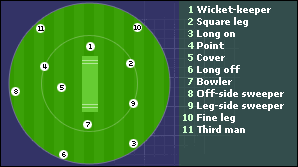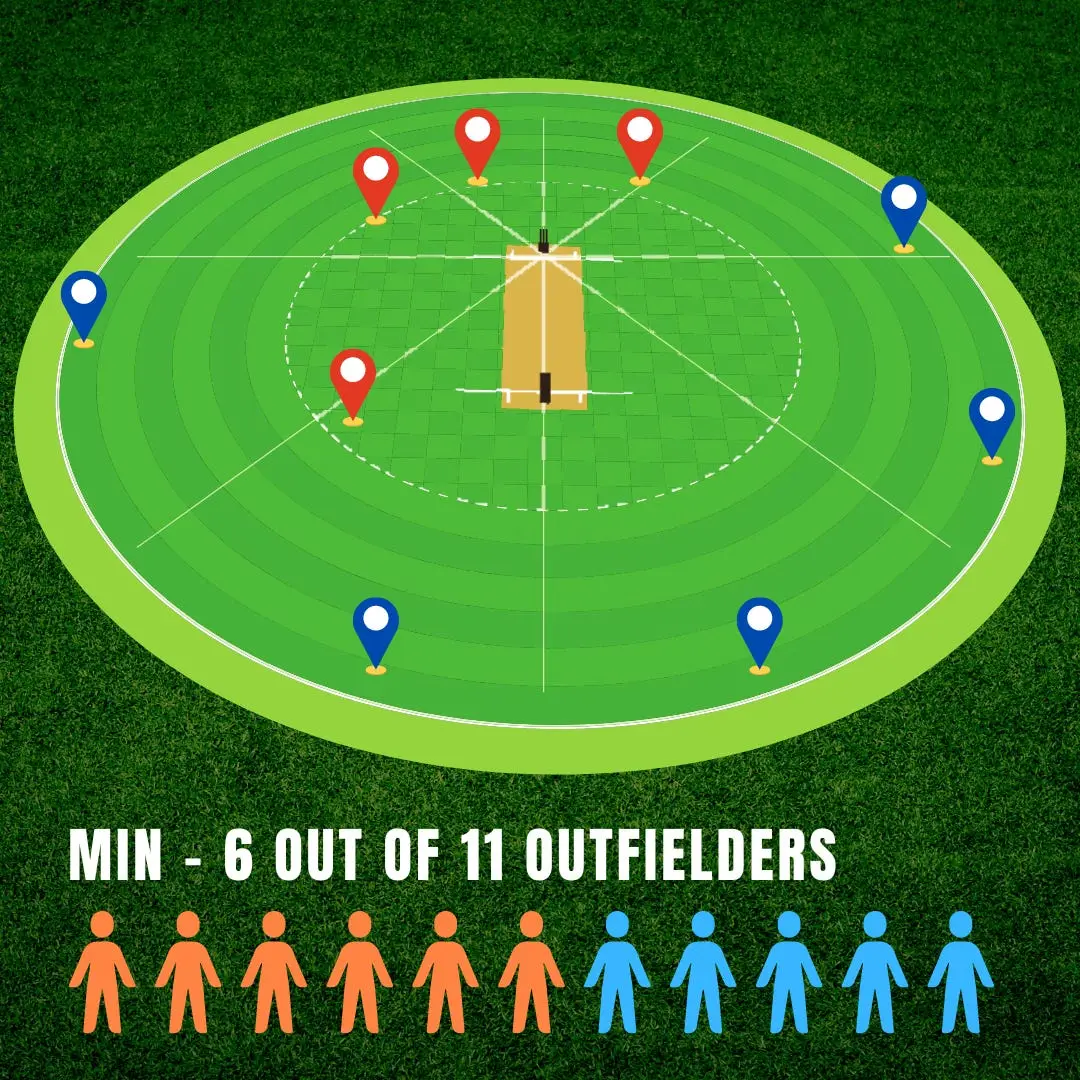The Slip Cordon Dance Fielding:
Slip fielders are positioned behind the batsman on the off side in the traditional game of cricket, ready to catch any edges from the bat. But the “Slip Cordon Dance” approaches slip fielding in a special way. Slip fielders move fluidly inside their assigned area as opposed to remaining still. The batters may find it challenging to forecast where the ball will carry due to the frequent movement within the slip cordon.
In this arrangement, the fielders coordinate their movements and slightly modify their positions according on the line and length of the bowler. This strategy wants to take advantage of the batsmen’s hesitation by giving them second thoughts about where to play their shots. The Slip Cordon Dance has transformed the static position of the slip fielder into a dynamic one, adding an element of surprise to the game.
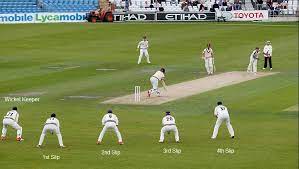
The Deep Leg Trap Fielding:
In order to prevent batsmen from quickly scoring on that side, fielders are traditionally placed on the leg side. By using fielders in places that test the batsman’s shot-making abilities, the “Deep Leg Trap” expands on this idea. Batsmen have a tendency to attempt more risky shots for boundaries because fielders are positioned closer to the boundary and deeper on the leg side.
With this unusual fielding arrangement, the batters are forced to play shots that are more likely to be catches or mishits. Batsmen are inclined to accept the challenge and hit over the infield, but they frequently get caught by the fielders who are stationed in a strategic manner. As batters attempt to navigate this dangerous part of the field, the Deep Leg Trap gives a sense of excitement.
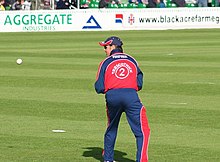
The Square-Leg Sniper Fielder:
An creative fielding position known as the “Square-Leg Sniper” tests the batsman’s ability to score on the leg side. The Square-Leg Sniper is positioned at an unique angle, making it challenging for the batsman to locate gaps in the field, as opposed to the usual square-leg position, where a fielder is situated square of the batsman.
Batsmen seeking to find easy singles or glance the ball fine on the leg side are discouraged by this fielder. The Square-Leg Sniper is designed to limit the batsman’s choices for scoring and make him play shots outside his comfort zone. The fielding setup is given an element of surprise by this position, which causes the batsman to reconsider taking hits to the leg side.
vhttps://youtu.be/heBISGl2cIw
The Short Mid-On Enigma Fielding:
In typical cricket, the mid-on fielder is placed a little bit deeper to block the batsman’s straight shots. The “Short Mid-On Enigma” breaks this tradition by placing a fielder on the leg side closer to the batsman. By restricting the batsman’s ability to play freely through the on-side, this arrangement seeks to break up their rhythm.
The Short Mid-On Enigma makes the batsman unsure of whether to execute their shots as planned or change their strokes. Due to the fielder’s immediate vicinity, batsmen may be afraid to play outside the line, which could affect how they choose and execute their shots. This position changes the definition of the mid-on fielding position and adds an economic factor to the game.
The Cow Corner Sentinel:
The “Cow Corner Sentinel” is a fielding position designed to counter aggressive hitting from batsmen aiming for the cow corner region. Traditionally, fielders are placed near the boundary at cow corner, but this unconventional position brings a fielder inside the boundary line, closer to where the action is likely to occur.
The fielder at Cow Corner Sentinel becomes a guardian of the boundary, aiming to prevent well-timed shots from crossing the rope. Batsmen attempting big hits towards cow corner might find themselves caught by this strategically positioned fielder. This fielding setup adds excitement as batsmen try to clear the boundary while the Cow Corner Sentinel stands as a challenging obstacle.
The Fine Leg Wizard:
The “Fine Leg Wizard” differs from the standard fine leg position, which places a fielder square of the batsman, by placing one closer to the boundary. The goal of this arrangement is to limit the batsman’s options for scoring on the leg side and stop him from glide the ball for simple boundaries.
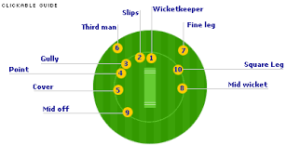
Even on finely deflected shots, the Fine Leg Wizard has been assigned with stopping runs and preventing borders. The batsman is under more strain in this position because they must play more accurate shots to find gaps and score runs. The fine leg fielding position has been rebuilt by the Fine Leg Wizard to become a more dynamic significant position on the field.
The Slips Gully Hybrid:
The “Slips Gully Hybrid” is an original fusing of the slips and gully outfield positions. In such a setup, fielders are placed strategically between the slips and the gully area, looking to take advantage of edges and mishits from the batsman.
This hybrid position enhances the possibility of catching edges that conventional slip fielders or gully fielders might not be able to catch. The set up tries to take advantage of batsmen’s insecurity and increase catching opportunities. The Slips Gully Hybrid increases the fielding unit’s surprise factor and timing, which increases the likelihood of successful plays.
Conclusion:
These unusual fielding positions have brought a new level of strategy and interest to the game of cricket. Each position presents fresh options for fielding teams to gain an edge while testing batsmen’s shot selection and upsetting their rhythm. These developments demonstrate how cricket is constantly changing, with strategies and originality being crucial in shaping the rules of the game. We can anticipate even more creative fielding arrangements that keep spectators and sportsmen alike on the edge of their seats as the sport develops.
